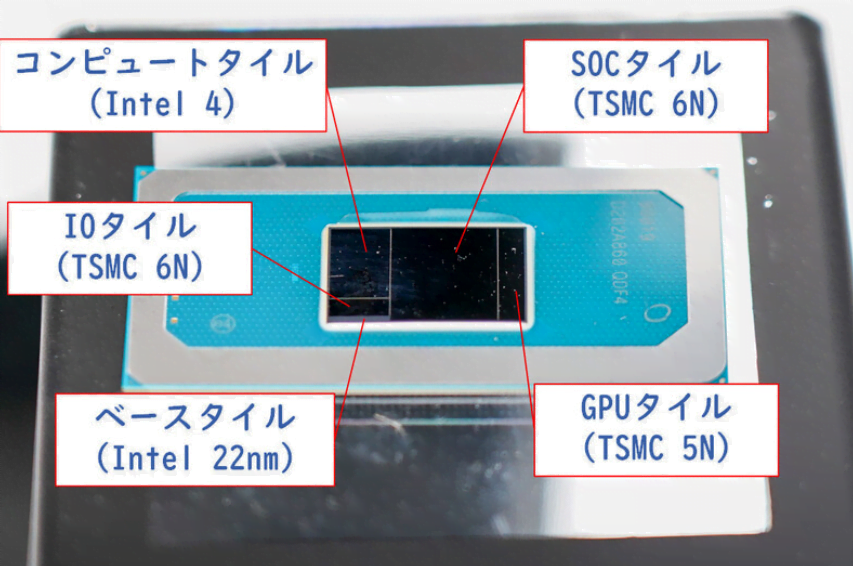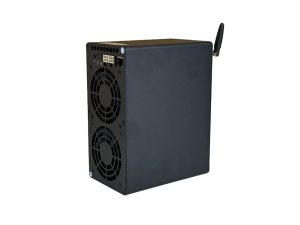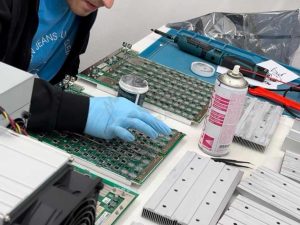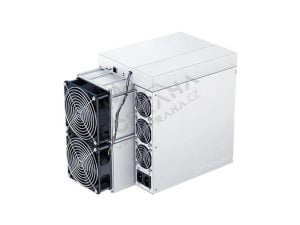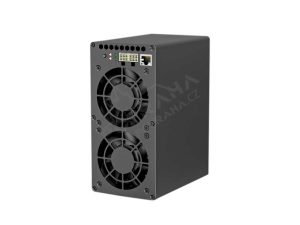In a surprising move, Intel appears to be saying goodbye to its long-standing way of naming processors, including the popular Core i9, i7, i5 and i3 series. Recent leaks from the Ashes of the Singularity benchmark database revealed an 18-thread processor codenamed Intel Meteor Lake. In addition to technological innovations, this new generation of processors will also bring changes in marketing and symbolism. Let’s get into the details of this transition and what it means for Intel’s future offerings.
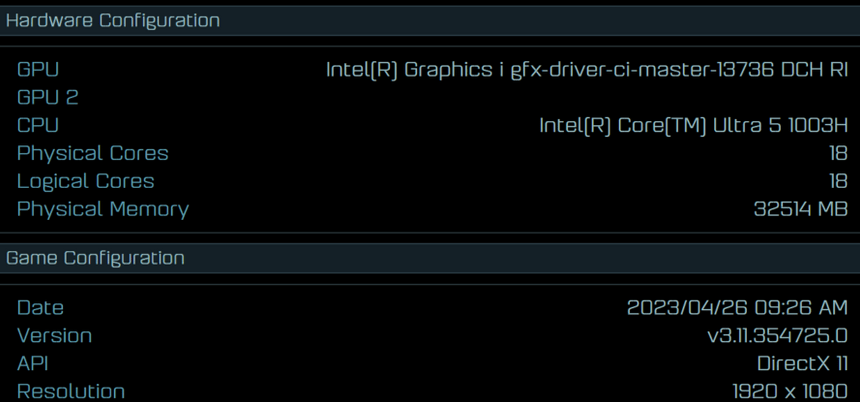
Switching from the Core series to the Core Ultra series as well
Since 2008, Intel has also used the Core series designation for its processors, starting with the “Nehalem” architecture. However, it seems that Intel is planning to abandon this familiar way of labeling in favor of something new. Evidence of this change has emerged thanks to the leak of benchmark results of a PC or laptop with an Intel Core Ultra 5 1003H processor. This processor, which under the old designation would have fallen into the Core i5-1003H series, suggests that the i7, i5 and similar designations will be replaced by the “Ultra” series, such as Ultra 5, Ultra 7 and Ultra 9.
The exact extent of this transition in labelling is not yet clear. It is still uncertain whether Core Ultra 5 will completely replace the existing Core i5 series or whether it will be a premium option within the lineup. Given that Core i5 processors usually belong to a lower segment in the Intel processor hierarchy, we would expect such special treatment for Core i7 and i9 models. However, it’s possible that Intel will relabel all of its processors and remove the “i” prefix entirely (cheaper processors not labeled Ultra could simply be called Core 5). Along with this, it is also possible that generation numbering will be abolished, as indicated by the leaked processor designation 1003H. The next generation could then be labelled 2003H and so on, but that’s just speculation for now.
Intel’s confirmation and reasons for the changes
As the news of the unusually named processor spread across the internet, Bernard Fernandes, Intel’s director of global communications, commented on it on his Twitter account. He confirmed that Intel is indeed planning processor labeling changes and that Core Ultra 5 is a realistic future, not a mistake or an oversight.
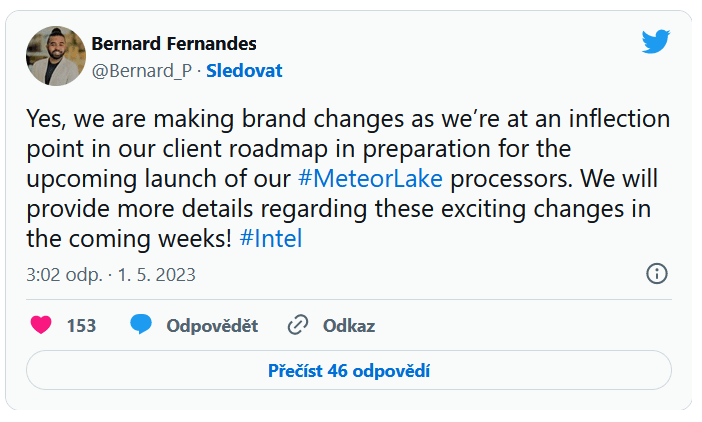
According to Fernandes, the reason for the labeling change is that Intel is approaching a “technological tipping point” that will bring a new generation of processors called Meteor Lake. These processors use chiplet technology and Foveros packaging. This is a significant change in the approach to Intel Core processors for PCs, so it is logical to update the current labeling. Meteor Lake could be described as 14. or 15th generation processors.
This change in processor labeling is not the first that Intel has made. In the past, it has already discontinued the Celeron and Pentium brands, paving the way for the new Core iX designation.
What to expect from future Intel Core Ultra processors
The details of the new Meteor Lake processors are not yet clear. The leaked database indicates that the processor has 18 threads, but it is not entirely clear how many cores of what type are contained in this chip. Maybe it is six large P-Core cores with 12 threads and six small E-Core cores. Another theory talks about four P-Core with eight threads and ten E-Core, eight of which are placed in the main processor chiplet and the remaining two dedicated E-Core cores are used for low power consumption and saving during idle time.
Meteor Lake processors should also feature improved graphics units. Leaks suggest that the processor could contain 128 compute units, equivalent to 1024 shaders. That’s a third more than the AMD Ryzen 7040 “Phoenix” integrated graphics processors. However, Meteor Lake processors with more powerful GPUs could contain up to 192 compute units, equivalent to 1,536 shaders. However, this information is still speculative and it is not clear whether this version has actually been implemented.
It is important to note that changing the labeling of processors does not affect their actual performance capabilities and features. This is more of a marketing and communication aspect to make it easier to reach and understand customers.
Intel plans to present more information regarding these changes in the next few weeks. More details on Core Ultra and Meteor Lake processors are expected to be unveiled at Computex 2023, which takes place in May/June.
In conclusion, Intel Core Ultra processors mark the end of a 15-year tradition of referring to processors as i9, i7, i5 and i3. The move marks a transition to a new labelling system and brings with it expected technological innovations and marketing innovations. We need to monitor further developments and introductions of new Intel processors to get a full picture of their features and capabilities.

